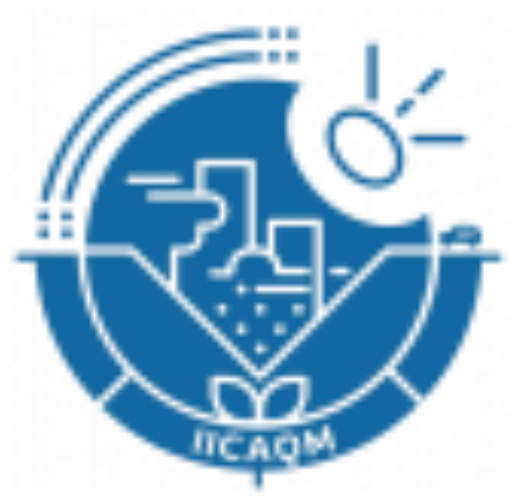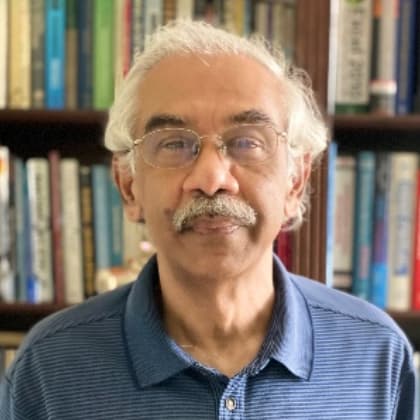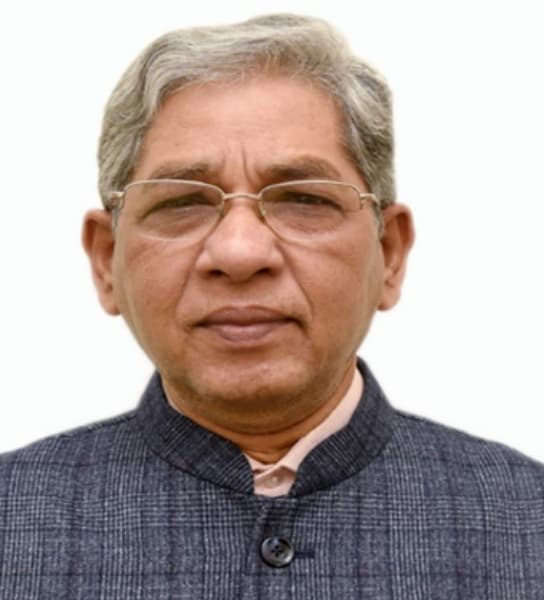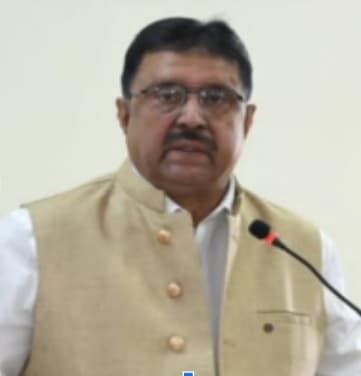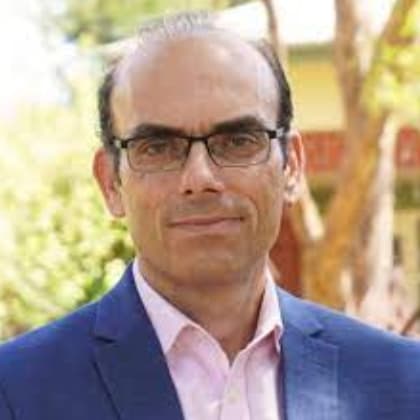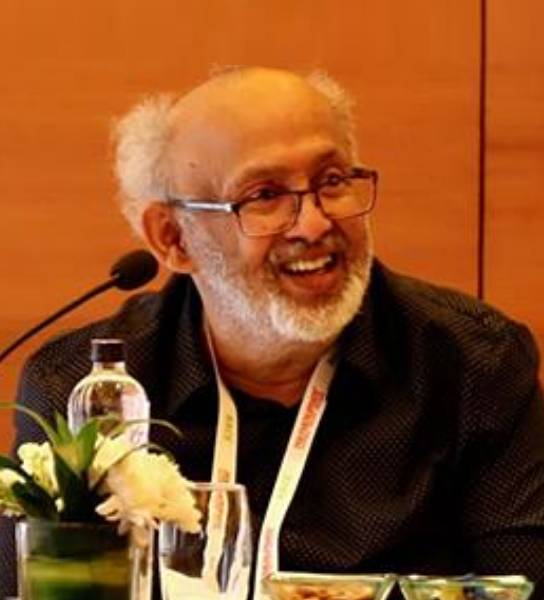Prof. Akula Venkatram
University of California Riverside
Accounting for area sources in air pollution modeling
ABSTRACT
A variety of sources of pollutant emissions can be modeled as area sources. These include manure lagoons, landfills, wastewater treatment ponds, and highways. A group of point sources can also be treated as an area source. Thus, the area source model is an important component of a comprehensive air pollution model. The literature describes several approaches to modelling dispersion from area sources, but there is little consensus on an approach that can be applied to arbitrary shaped area sources, and is numerically efficient. This paper brings together ideas from previous work to propose an approach that meets these requirements. Although AERMOD and the OML model incorporate this approach, an adequate description is lacking. This paper fills this important gap, and also provides examples of its application to 1) different shaped area sources and 2) inverse modelling to estimate methane emissions from manure lagoons located in an dairy.
ABOUT THE SPEAKER
Dr. Akula Venkatram is Professor of Mechanical Engineering at the University of California, Riverside, California, USA. His research is focused on the development and the application of models for the transport and dispersion of air pollutants over urban and regional scales. Dr. Venkatram co-edited and contributed to the “Lectures on Air Pollution Modeling” published by the American Meteorological Society. He was member of the team that developed AERMOD, and was a principal contributor to RLINE, the USEPA model for line sources. He is the recipient of the inaugural award from the AMS Committee on Meteorological Aspects of Air Pollution for “contributions to the field of air pollution meteorology through the development of simple models in acid deposition, ozone photochemistry and urban dispersion”. His research on modeling the air quality impact of transport related emissions was recognized in 2010 by the United States Environmental Protection Agency, through a Scientific and Technological Achievement Award for “expanding and improving the scientific and regulatory communities’ ability to assess the impacts of mobile source emissions”. His research on this topic is summarized in the monograph “Urban Transportation and Air Pollution” https://www.amazon.com/Urban-Transportation-Pollution
